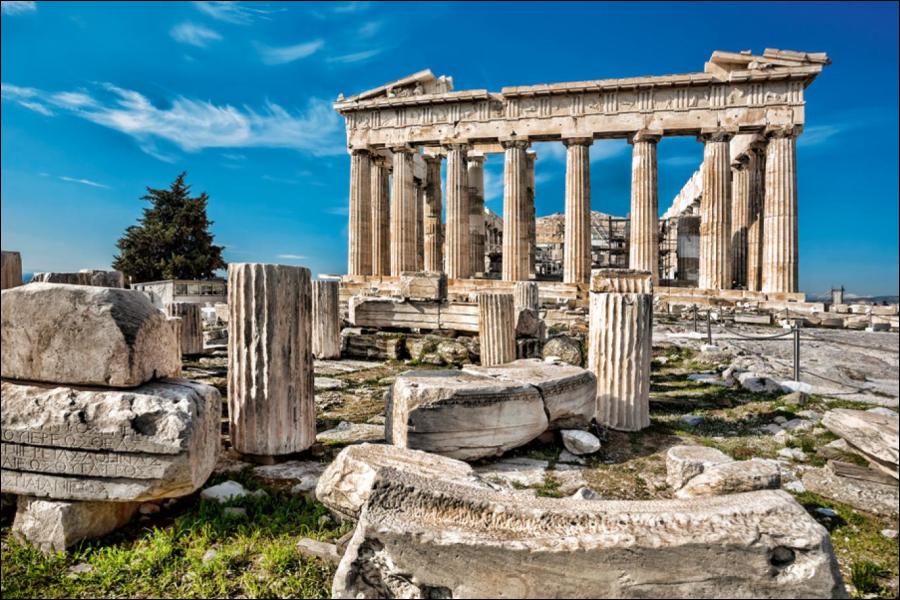At the Climate Change and Cultural Heritage Conference in Athens, scientists said that climate change threatens historic monuments in Greece, including the Parthenon Temple in the Acropolis, one of the most visited places in the world.
The Temple of Parthenon, located in the Acropolis dating back to the 5th century BC, is located in the heart of the Greek capital. Scientists pointed out that the Acropolis, where the Parthenon Temple was built, is the oldest archaeological site in Greece, but air pollution and acid rain erode the marbles, and there is evidence that climate change is increasing this effect.
It was also stated that the floods caused structural problems in these important works. “The walls of the old city are getting more eroded than in the past. We have more cases every year. We give more money to protect the walls of old cities,” said Maria Flazaki, a spokesman for the Greek Ministry of Culture.
Christos Zerifos, a professor at the Athens Academy, one of the oldest universities in Greece, said that natural phenomena such as droughts and floods affect the artifacts.
For decades, efforts were made to preserve the Acropolis and its works. While these efforts have accelerated in the mid-1970s, Athens has been heavily affected by severe floods and forest fires over the last decade.
The 2007 forest fire negatively affected the important historical monuments around the Panathinaiko Stadium, the birthplace of the Olympic Games. The summit of the Acropolis is 156 meters above sea level and 92 meters above Athens.
The historic Acropolis, a true natural castle, is covered with cliffs. Due to its location and strategic importance, the Acropolis is the primary target of many nations and is full of temples and monuments. It is surrounded by high castle walls. The Acropolis houses the first Greek temple. Most of the Acropolis was destroyed by the Persians and then repaired in 447.
The Temple of the Acropolis was converted into a large mosque surrounded by minarets during the Ottoman Empire and became the center of bishops during the Crusaders. The Athens administration is constantly renovating this area.
Views: 231





